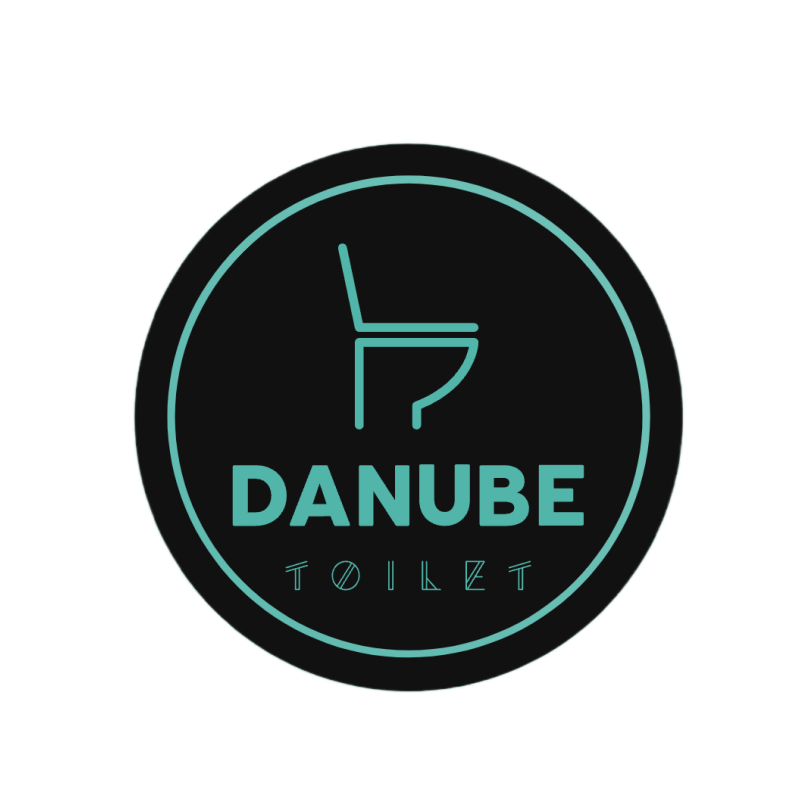If you’ve ever traveled through the Netherlands and encountered a toilet that made you pause and ask, “Wait… why is the bowl flat?!” — you’re not alone. Dutch toilets, often referred to as “shelf toilets” or “inspection shelf toilets,” are one of Europe’s most distinctive bathroom curiosities. But what’s the story behind this peculiar design? Why do these toilets seem to defy gravity and common plumbing logic?
In this blog post, we’ll unravel the logic (and the myths) behind Dutch toilets, explore their unique functionality, compare them with other international toilet styles, and offer insights for global sanitaryware buyers — including those sourcing for architectural or hotel bathroom projects.
🚽 What Is a Dutch Shelf Toilet?
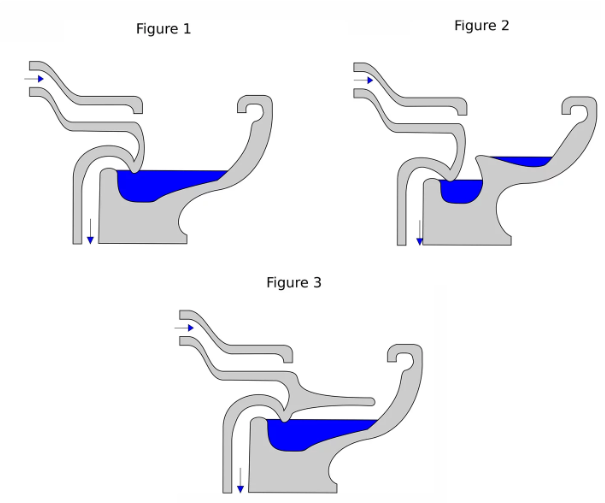
The Dutch toilet design features a shallow horizontal platform (the “shelf”) inside the bowl that catches solid waste before it is flushed away. Unlike standard siphonic or wash-down toilets where waste drops directly into the water, the Dutch version proudly displays the waste first.
Yes, it sounds odd to outsiders — but there’s more than meets the eye.
🧠 The Functional Logic Behind the Shelf
The shelf isn’t just there for show. The origins of the Dutch toilet go back to hygiene, practicality, and a bit of cultural habit. Here are the main reasons:
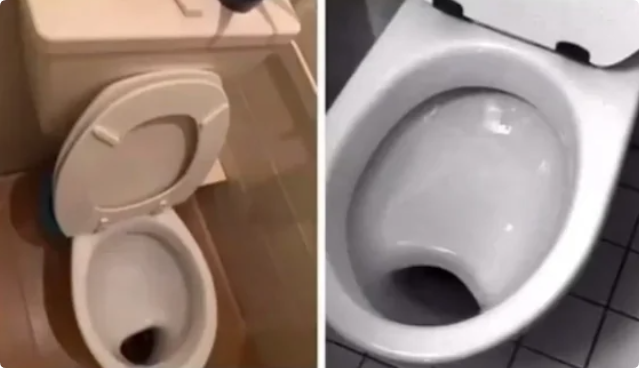
- Medical Inspection: Historically, inspecting your stool was considered a normal way to keep track of your health. The shelf allowed users to observe before flushing.
- Splash Avoidance: The shelf minimizes splash-back — a small but appreciated comfort in colder climates.
- Flush Efficiency: Older Dutch plumbing systems used lower water pressure. The shelf required less force to move solid waste into the main drain.
🌍 Dutch Toilets vs. Other Countries: A Comparative Look
To understand just how unique Dutch toilets are, let’s compare them with other mainstream toilet designs around the world:
| Country | Common Toilet Style | Key Features | Pros | Cons |
|---|---|---|---|---|
| Netherlands | Shelf/inspection toilet | Shallow bowl with dry platform | Ideal for health inspection; avoids splash | Can be smelly; difficult to clean |
| USA | Siphonic toilet | Deep bowl; uses siphon to flush | Strong flush; traps odors | Splash-prone; uses more water |
| Japan | Smart toilet | Heated seat, bidet, air-dry, deodorizer | Luxurious; highly hygienic | Expensive; complex maintenance |
| Germany | Wash-down toilet | Flat-bottom bowl; water saves flush | Efficient; less prone to clogs | Louder flush; might leave residue |
| UK | Close-coupled toilet | Integrated cistern; variable flush strength | Modern look; easy installation | Lower flush efficiency in some models |
🇳🇱 5 Well-Known Dutch Toilet Brands & What Makes Them Special
If you’re looking into sourcing sanitaryware that captures the spirit (or practicality) of Dutch design, here are five brands from the Netherlands that stand out in the local and international markets:
1. WISA
Founded in The Hague over 150 years ago, WISA is known for water-saving innovations and flushing systems. Their concealed cisterns and wall-hung toilets cater to both traditional and modern bathroom setups.
2. Sphinx (Now part of Geberit)
Though now under Geberit’s umbrella, Sphinx was once the Netherlands’ most iconic bathroom brand. It championed ergonomic ceramic sanitaryware and played a large role in bringing the Dutch shelf design to prominence.
3. Clou
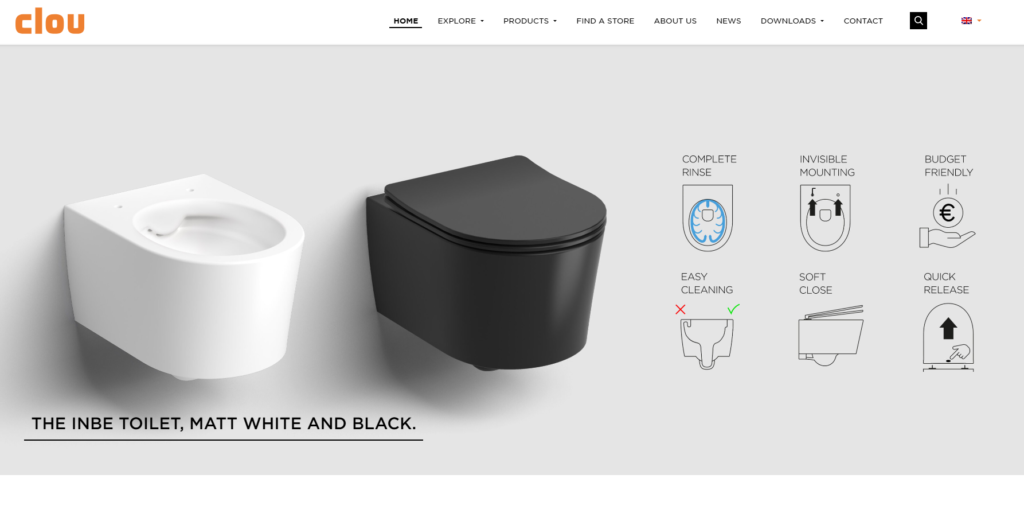
Clou specializes in designer bathroom fixtures that combine Dutch minimalism with practical flair. Their wall-hung toilets and modern washbasins are widely used in upscale hotel projects.
4. Thebalux
Focused more on bathroom furniture but offering toilet solutions as well, Thebalux delivers premium-quality vanity units and ceramic toilet options suitable for luxury environments.
5. Xenz
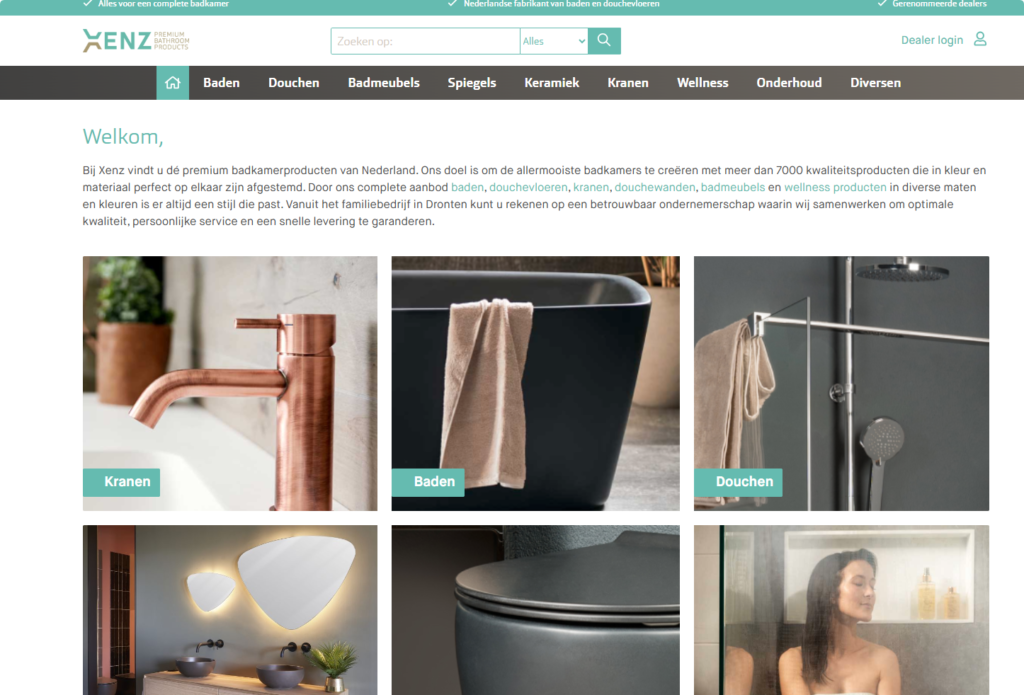
Better known for bathtubs and bathroom furnishings, Xenz also offers ceramic toilets and accessories that reflect Dutch craftsmanship. Their emphasis is on sustainability and customization.
💡 Why Some Still Prefer the Dutch Toilet Design
Even with the rise of modern rimless toilets and smart bidets, the traditional shelf-style Dutch toilet still has its defenders. Here’s why:
- Medical Insight: Health-conscious users — especially elderly or caregiving households — appreciate the inspection ability.
- Cultural Comfort: Longtime users find the familiar style more “reliable” and easier to clean under certain circumstances.
- Water Efficiency: In low-pressure systems or older buildings, the design can reduce water usage and clogging.
🔍 What to Consider When Sourcing Dutch-Style Toilets for Global Projects
If you’re in charge of sourcing sanitaryware for a hotel, apartment complex, or a residential development — especially in Europe or health-focused facilities — considering Dutch-style toilets might add a unique selling point.
Key considerations:
- Drainage & plumbing compatibility
- Cleaning & maintenance practicality
- Market cultural expectations
- Flush system compatibility
- Material durability and glazing quality
You can also look into custom OEM shelf-style toilets with modifications like rimless flushing, antibacterial glazing, and eco-efficient dual flush options.
🔄 Modernizing the Shelf Toilet: Hybrid Options Emerging
The modern toilet market is innovating. You’ll find hybrid toilets that maintain the Dutch shelf principle while improving on odor control, hygiene, and flushing.
Some brands now offer:
- Shelf-style bowls with rimless flushing
- Integrated bidet functions
- Quick-release seat covers for hygiene
- Antimicrobial ceramic finishes
These features bridge tradition and modern convenience — perfect for heritage hotels or wellness-focused resorts.
🙋 Frequently Asked Questions (FAQ)
Q1: Are Dutch toilets still common today?
Yes, particularly in older homes and public restrooms across the Netherlands. However, newer homes increasingly use modern wash-down or rimless toilets.
Q2: Why do Dutch toilets smell more?
Because the waste is not immediately submerged in water, odors can linger longer before flushing — unless ventilation is excellent.
Q3: Can shelf-style toilets be upgraded?
Absolutely. Many manufacturers now offer modern versions with enhanced flushing and hygiene technology.
Q4: Are shelf toilets better for health monitoring?
For those monitoring digestive health, yes. They offer visibility before waste disappears, which helps in spotting irregularities.
Q5: Can I source custom-made Dutch-style toilets for my project?
Yes, through OEM/ODM sanitaryware manufacturers, you can customize shape, glazing, flushing type, and even material density.
🧱 Final Thoughts: Tradition Meets Customization
The shelf toilet might seem quirky to outsiders, but its practicality has deep cultural and historical roots in the Netherlands. Whether you’re sourcing for a luxury boutique hotel in Amsterdam, a wellness center in Utrecht, or a European residential complex, understanding the unique appeal of Dutch sanitary design could give your project a thoughtful edge.
For those looking to create or customize Dutch-style toilets, OEM and ODM solutions from experienced manufacturers can help you achieve the perfect balance between heritage, functionality, and innovation.
At Danube, we specialize in providing OEM & ODM bathroom solutions — from ceramic toilets to smart fixtures — tailored to the needs of global sanitaryware brands and architectural procurement teams.
